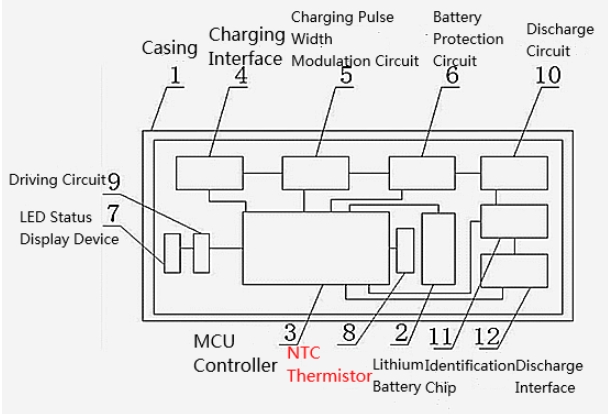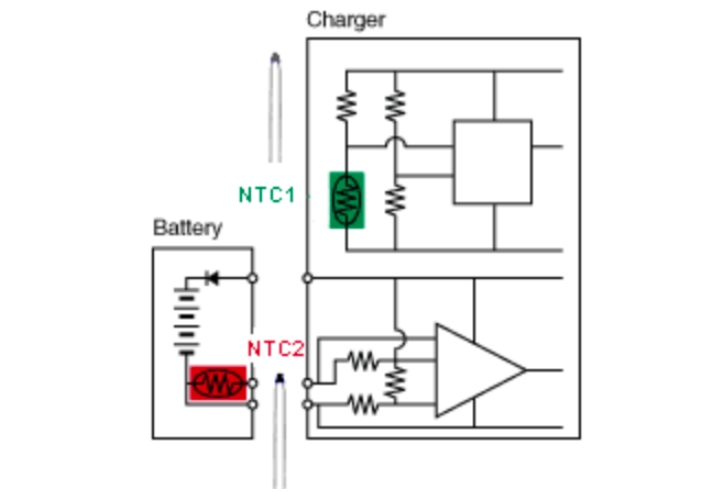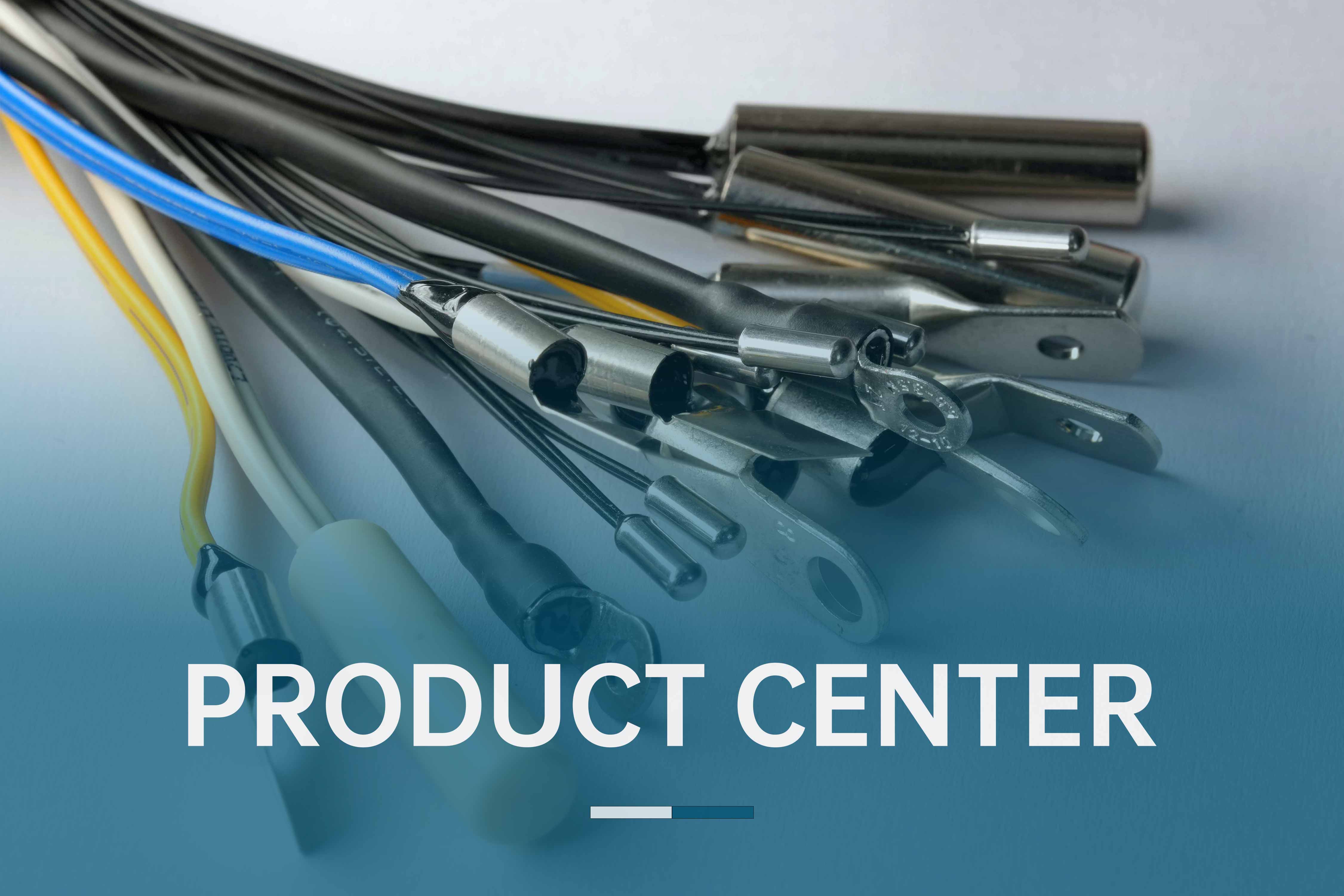Introduction
As the widespread use of smartphones grows, battery life has become a key concern for many users, which has led to the rise of fast-charging power banks. We know that power banks primarily serve to provide additional battery life to smartphones. Compared to ordinary power banks, the key difference with fast-charging power banks is their ability to charge devices like smartphones and iPads quickly. This rapid charging capability meets the fast-paced demands of modern users, with speed being the primary selling point of fast-charging technology.
Standards for Fast-Charging Power Banks
The standard to judge whether a power bank qualifies as fast-charging is if it can charge at least 20,000mAh of power within one hour. Additionally, users prefer power banks that include a digital display feature, which allows them to see the remaining power level in real-time.
Internal Structure and Function
Fast-charging power banks with a digital display are composed of a casing, a circuit board, and a lithium battery, as shown in the diagram.

Importance of NTC Thermistors
From the internal structure of a fast-charging power bank, we can see that the NTC thermistor is connected to the MCU controller. Its functions include the following:
Detecting temperature changes during the battery charging process.
Monitoring the ambient temperature and enabling fast charging when conditions allow.
Detecting battery overheating caused by abnormal current.
Compensating for temperature changes when measuring the voltage for remaining energy display.
Temperature Protection System
The power bank’s temperature protection system automatically collects temperature data from the battery cells, ensuring that the battery operates within safe temperature limits. It will proactively stop charging in case of abnormal temperatures. Therefore, NTC thermistors play a crucial role in the safe operation of fast-charging power banks.
Circuit Diagram of NTC Thermistors
Below is a common circuit diagram of the NTC thermistor in fast-charging power banks:

Nickel-cadmium (NiCd) or nickel-metal hydride (NiMH) batteries typically cannot be charged above a specified temperature and can only fast charge within a specific temperature range. NTC thermistors are used to detect whether the temperature allows for fast charging. These thermistors can reliably detect temperature changes and identify when the battery temperature rise indicates charging is complete.
MF5A Epoxy Sesin Ntc Thermistor produced by Minsing
Hefei Minsing Automotive Electronic Co., Ltd. stands out as a leading manufacturer of high-quality NTC thermistors and temperature sensors.

As a factory with years of experience, Minsing focuses on producing reliable, precise, and durable components for various applications, including fast-charging power banks. The company’s products are distinguished by their high sensitivity and customization options, ensuring that they meet specific industry requirements. Minsing’s commitment to quality is reflected in its rigorous manufacturing processes, making it a trusted choice in the electronics sector. To explore more about their product offerings, visit their product center: https://minsingtec.com/products/. You can also learn more about Minsing’s products on Made-in-China: https://minsingsensor.en.made-in-china.com/.

The Role of NTC Thermistor in Fast-Charging Power Banks
- Related recommendations: Why Choose Minsing NTC Thermistors
- keyword: 【NTC Thermistor】
-
full name*
-
phone
-
email*
-
Company Name (optional)














